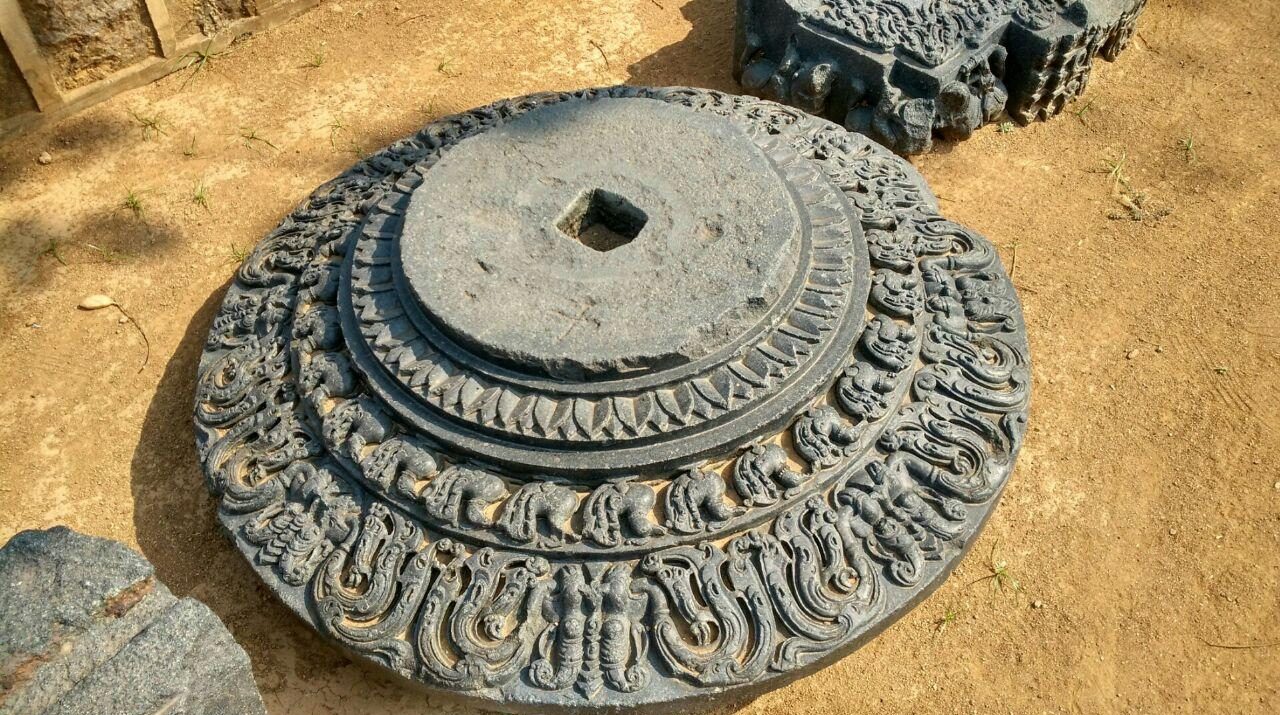
Tree of life, Tent Hanging or Curtain, late 17th century, Golconda, LACMA, U. S. A.
Charles Darwin proposed a tree of life which is symbolic of the source of all living things. In Chinese mythology,a dragon and phoenix are depicted in the tree of life. The dragon represents immortality. The Bodhi tree is the wisdom tree under which Siddharta Gautama attained enlightenment and became the Buddha. This tree is seen as one where once can seek refuge from worldly desires. the Celtic tree symbolises the forces of nature joining together to maintain balance in the universe. Many animals are are also seen in the tree of life depictions. Birds too are seen on the branches. sometimes the underworld is shown with a water-monster. All forms of life are connected and humans should live in harmony with the world. Everyone has a right to exist and grow as we are children of the Universe.

Palampore, painted resist and mordant, dyed textile, Coromandel coast, 19th century.
Image sourced from Christie’s.com
Palampores were a regular feature of the 18th-century chintz trade to Europe, where they were used as wall hangings and bed-covers and table-cloths. The embroidered palampore below was chain stitched in silk on cotton to create a painted effect. The craftsmen have worked out white silk stitches within the flowers to simulate the tiny white patterns that appear on painted textiles. Instead of shown as emerging from the usual hilly mound, this tree grows out of an interpretation of a Chinese scholar’s rock, highlighting the overlapping of Chinese, Indian, and European motifs in 18th-century exotic textiles from the East.

Palampore, embroidered textile, cotton with silk, Coromandel coast, mid-18th century, Met Museum, U S A
Palmapores depicting the tree of life show a central flower-and-fruit-bearing serpentine tree emerging from a hillock with stylized peaks or rocks. In addition to those produced for the Dutch and English markets, a class of smaller palampores was made expressly for the intra-Asian trade. This painted version depicted below was originally sourced to Sri Lanka, maybe produced for the European communities in Batavia and Colombo.
Palampore, painted resist and mordant, dyed textile, Coromandel coast, early 18th century, Met Museum, U S A.
The textile piece below is a tree of life depicting the mound, peacocks and flowering tree. The border is an ornate double floral scroll. Done using the Kalamkari technique it is an exquisite work.

Tree of life, Kalamkari hanging, 21st century.
Image : Jaypore.com
References :
- wikipedia.org
- wootandhammy.com
- spiritualray.com
- old-earth.com
